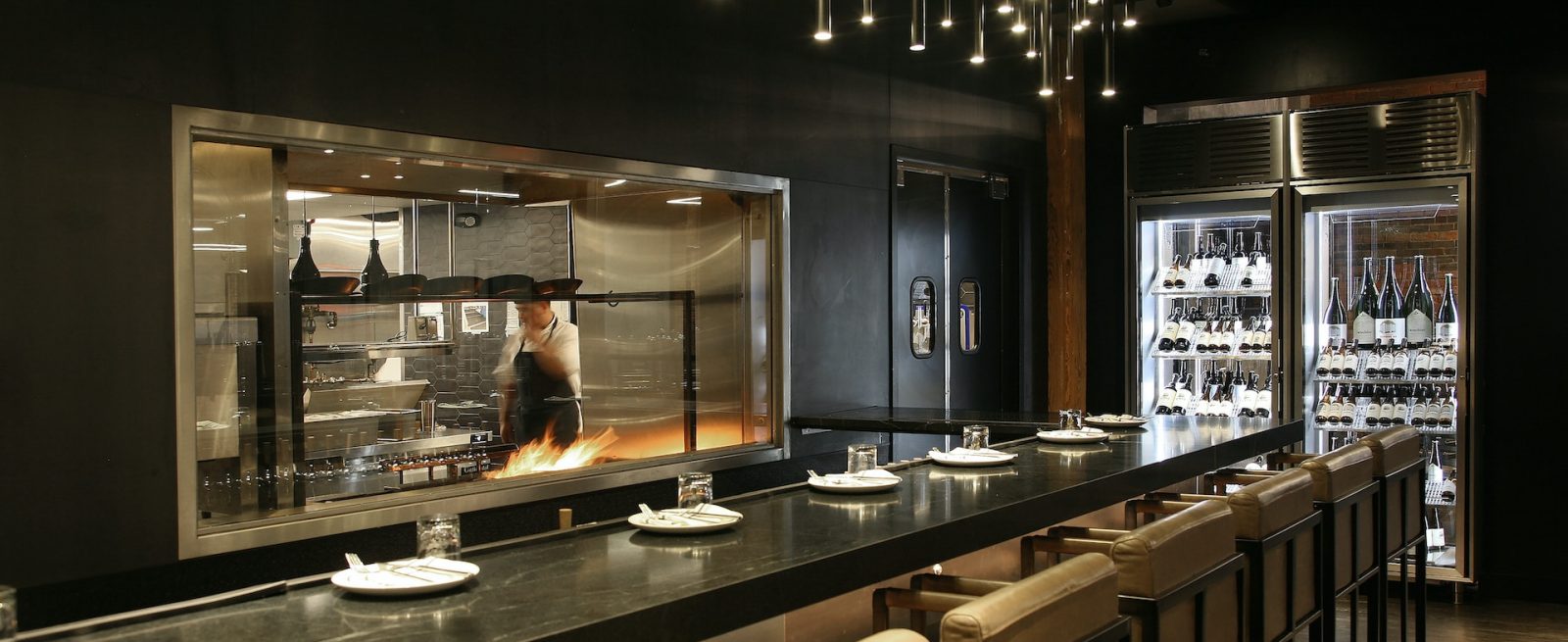A Case for Financing
2 Min Read By Doug Houlahan
One challenging aspect of owning a small business is purchasing and maintaining expensive equipment. This is especially true in the food service industry. Restaurant equipment directly affects the customer experience and operating efficiency from the quality of food offered, the food preparation time and the front and back of house staff levels required to properly service the customer. From greeting customers with a clean glass of ice water to printing the bill, every step of service in the restaurant industry relies on functioning equipment.
A 2020 Harvard Business School study reported that 74 percent of businesses do not have the cash on hand to cover an equipment-related expense. JPMorgan Chase found the median small business holds 27 cash buffer days in reserve. The restaurant industry falls behind the median with an average of only 16 cash buffer days. If an ice machine, fridge or dishwasher unexpectedly breaks, restaurants can not afford to wait and save for a replacement –– one piece of broken equipment can shut down a business entirely.
With nominal funds available, restaurants have limited options to replace or invest in necessary equipment. The approval rate for business loans from big banks is only 13.6 percent. Credit cards and working capital loans are relatively convenient options, but have limited flexibility and come with restrictions. Recently, lines of credit have seen significant rate increases driving up payments and reducing cash flow.
Financial barriers are challenging to overcome, but there is a more accessible option for restaurant owners to consider. Restaurants can keep the neon open sign glowing by financing needed equipment. Point-of-sale financing is becoming more popular and is expected to make up 13-15 percent of lending products in 2023.
Restaurants that utilize financing avoid paying the entire cost upfront while immediately receiving the financial benefits of the equipment. By spreading the investment over time with a fixed, monthly payment plan, business owners are matching the expense with the benefits received from these assets. The option to finance equipment also benefits restaurants trying to reach new target audiences. Updated equipment enables restaurants to offer additional menu items and remain competitive in the marketplace.
Financing restaurant equipment provides a more streamlined process than traditional lending options. In 2019, Lending Express conducted a survey where 7.5 percent of small businesses reported having to wait more than six months to hear about a loan application. Bank loans routinely take weeks and even months to process, but financing options are often completed quickly. In many cases, they are completed on the same day by tech-savvy firms.
Whether a restaurant owner is desperate to upgrade broken equipment or looking to expand menu offerings, equipment financing is a solution that transforms business goals into reality. Paying for equipment over time allows restaurant owners to effectively manage cash flow and free up funds to invest in other areas of their business.


